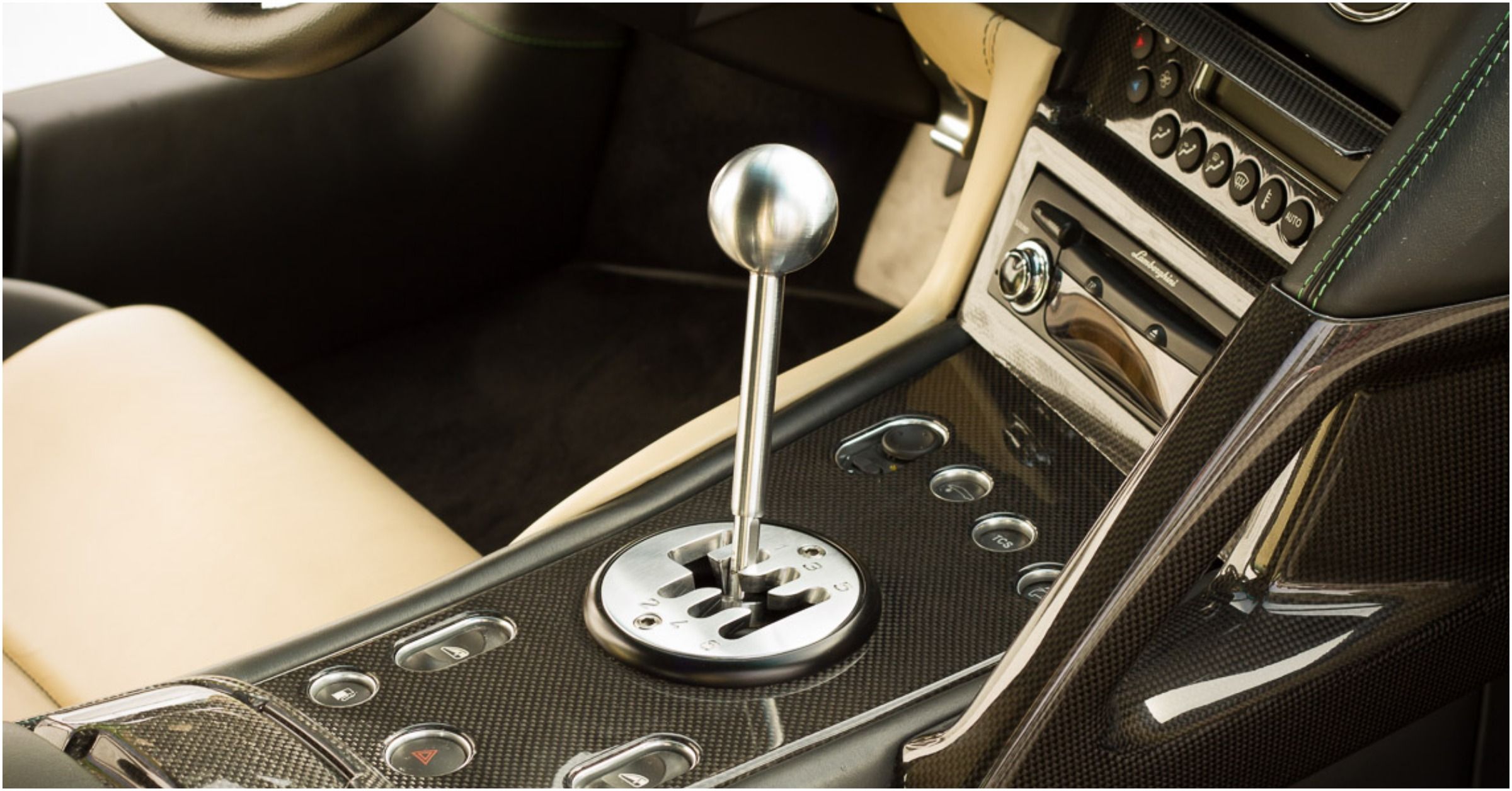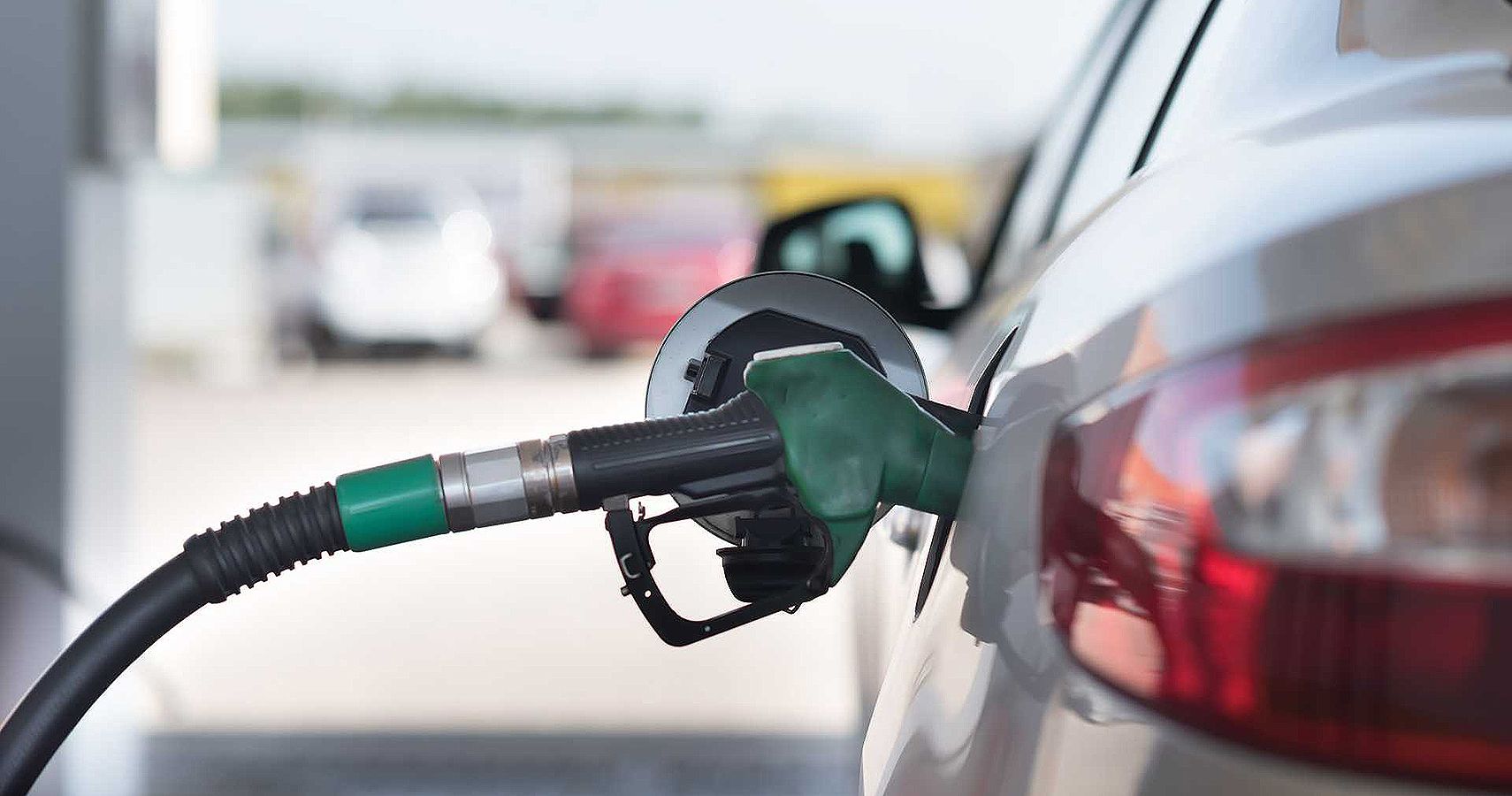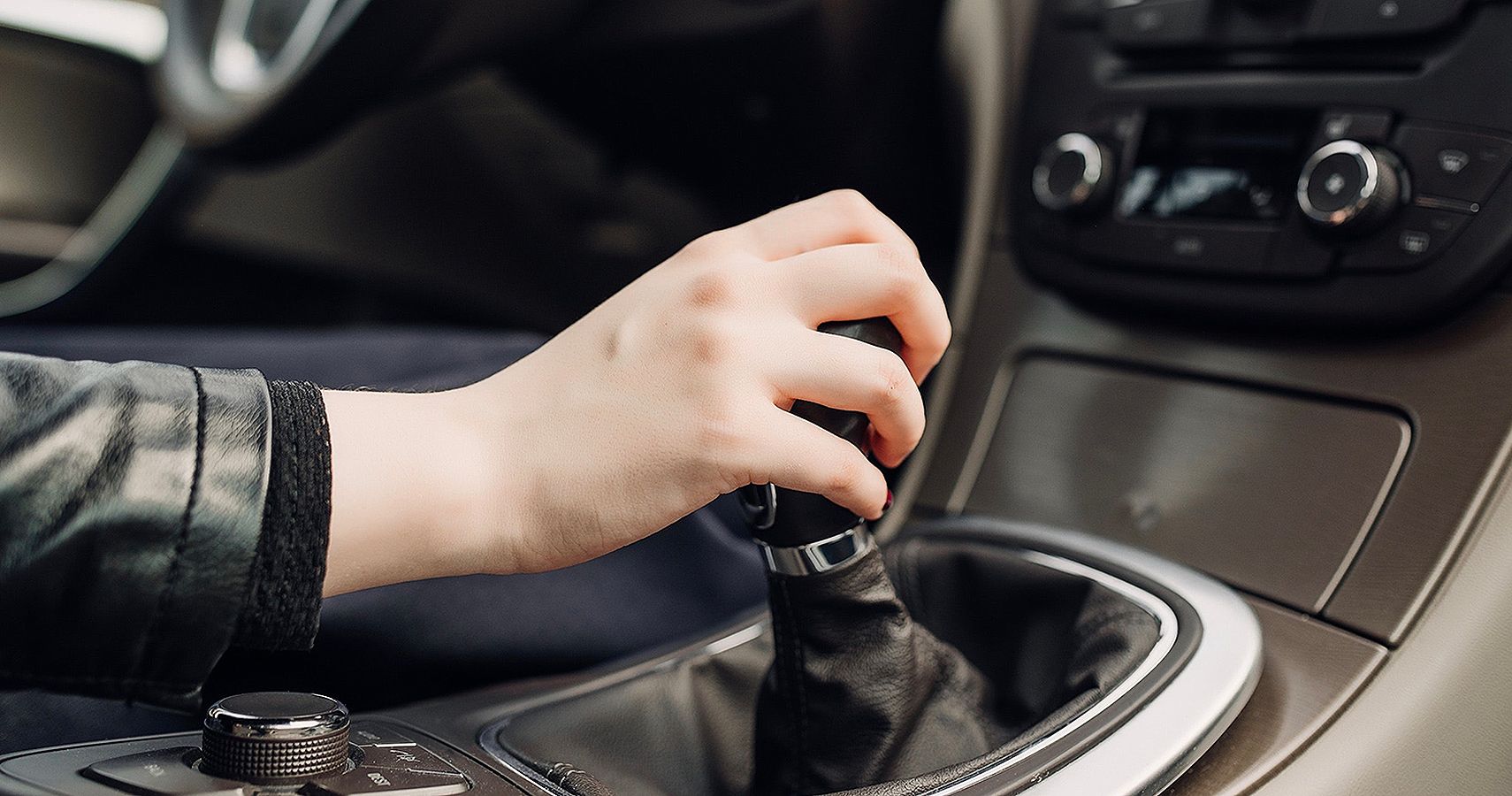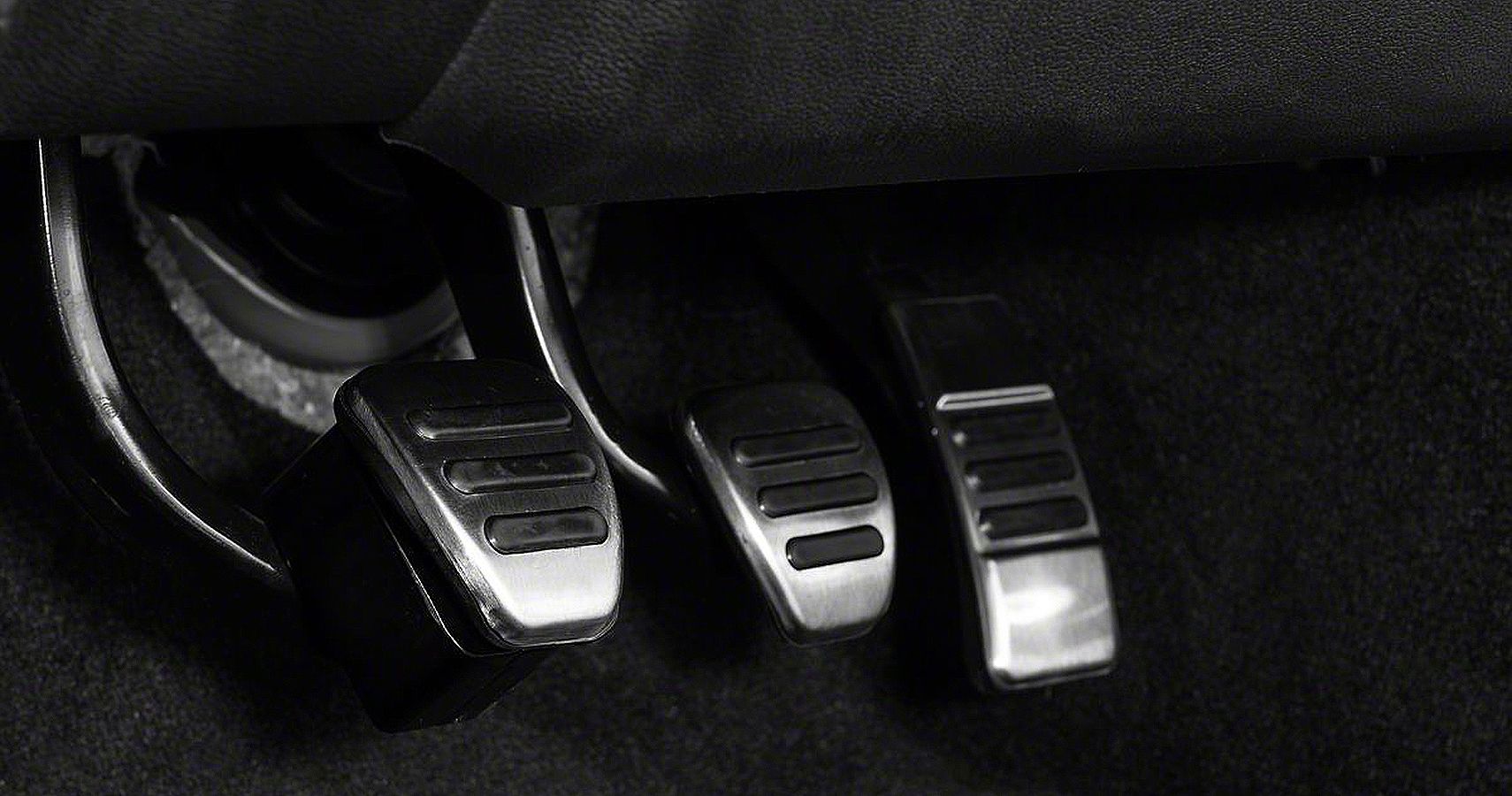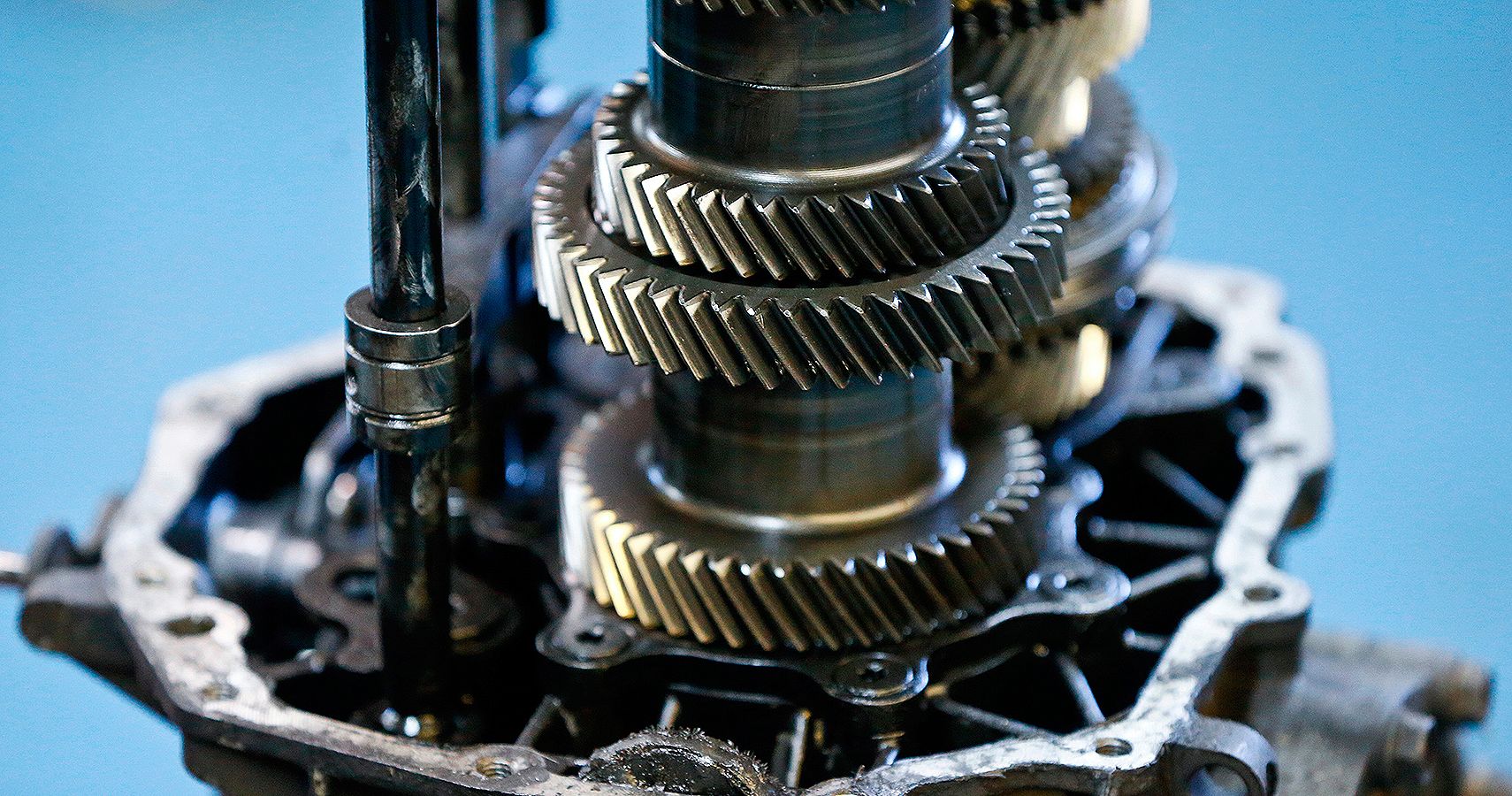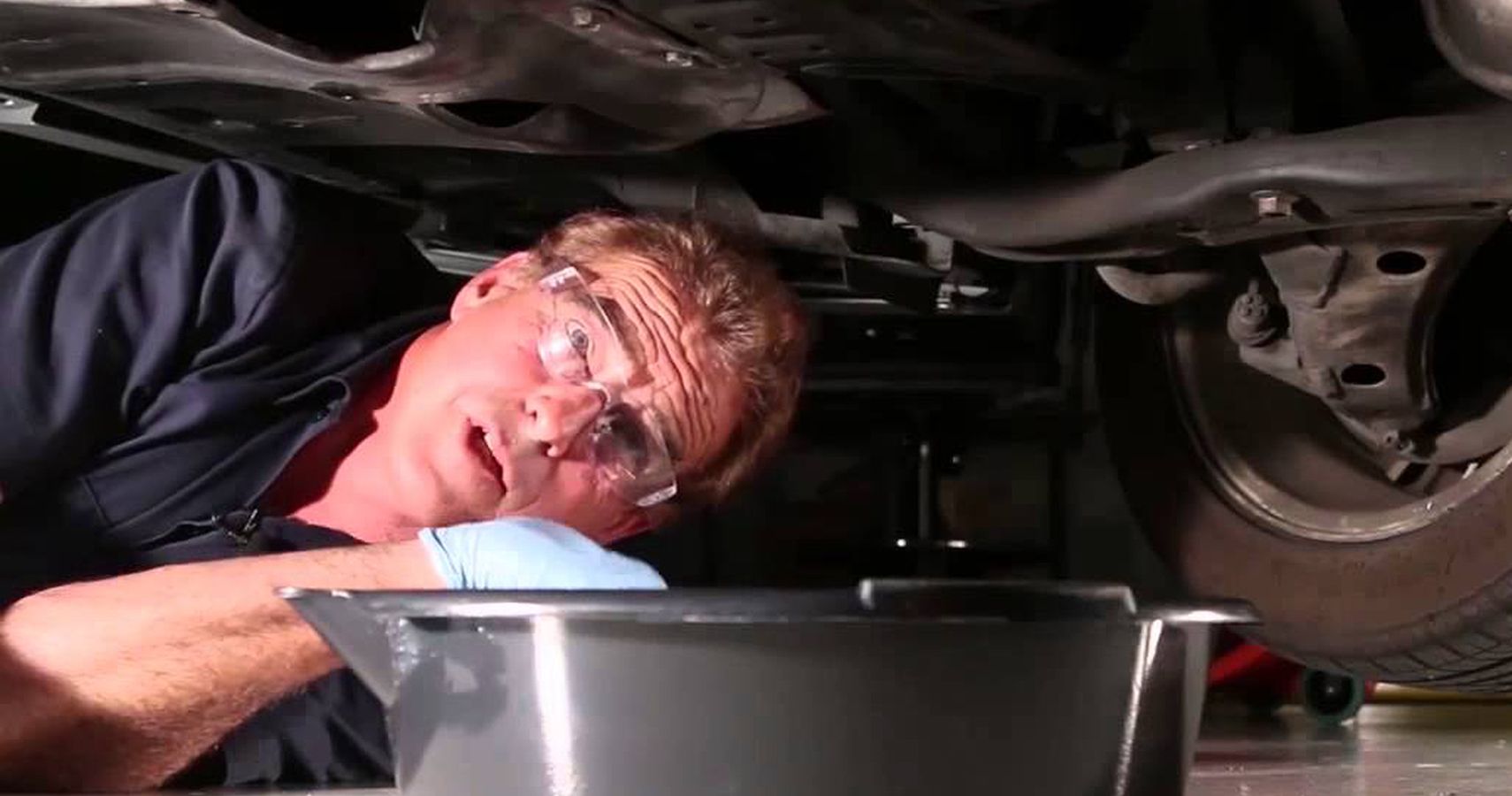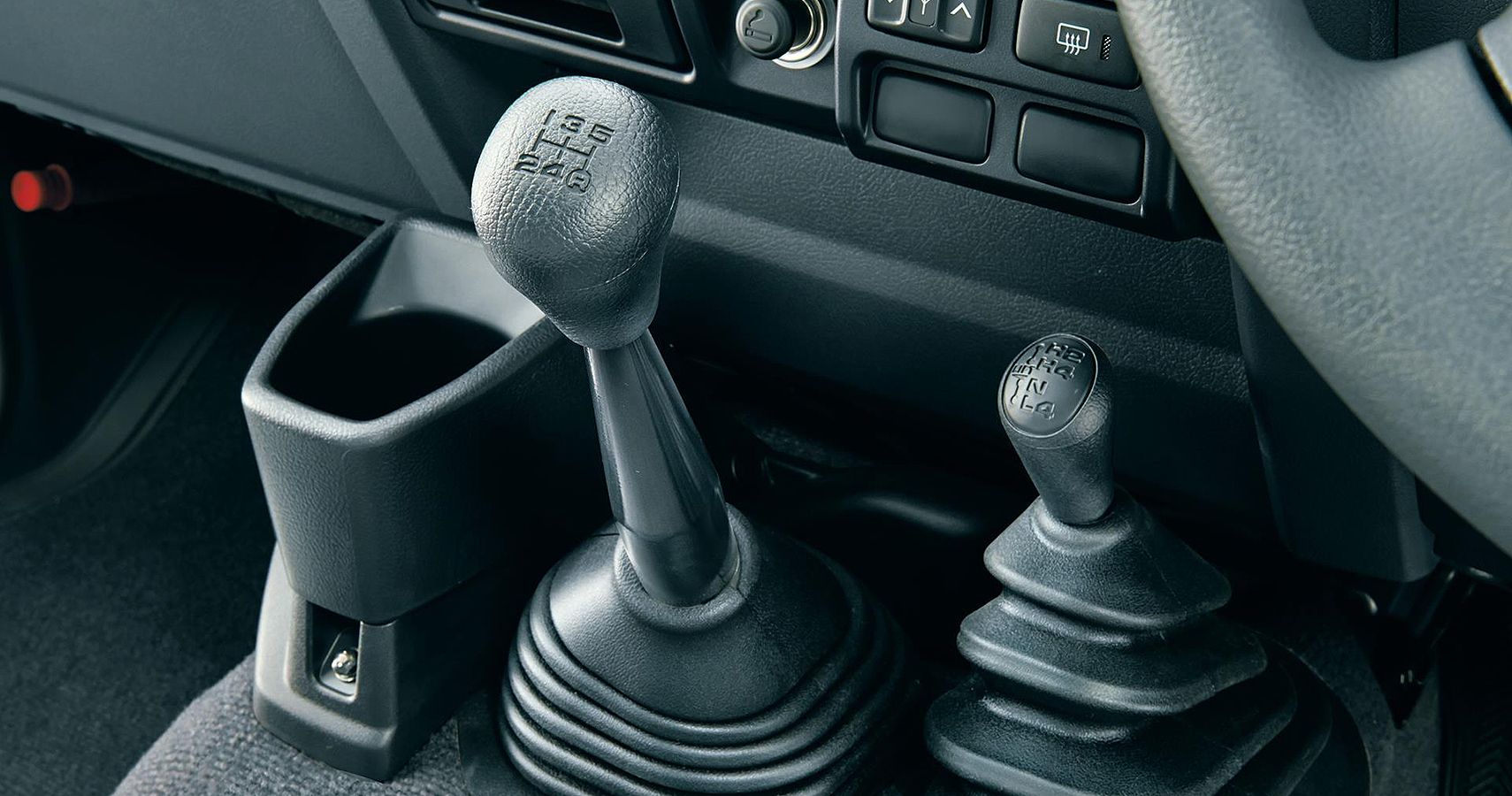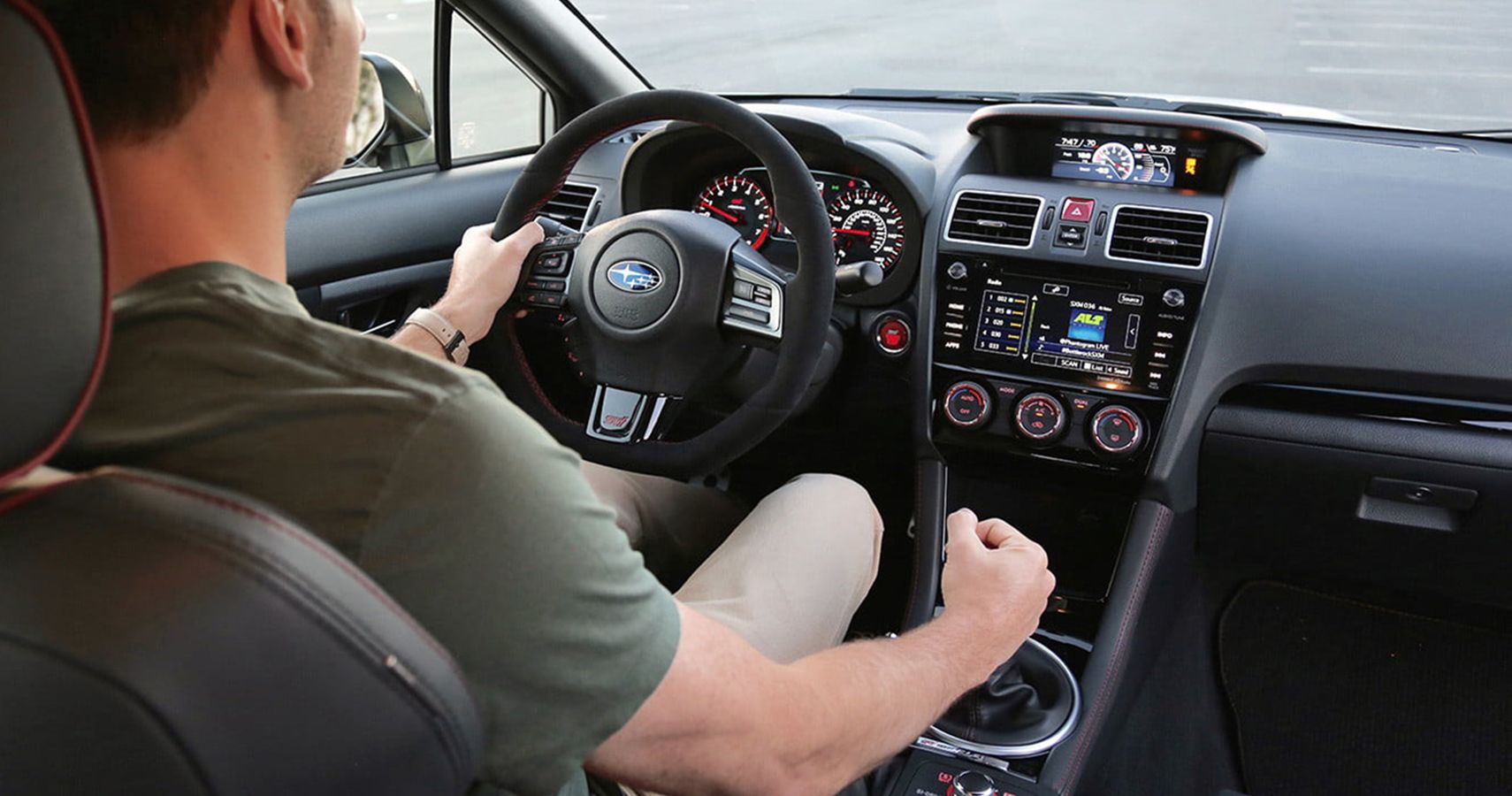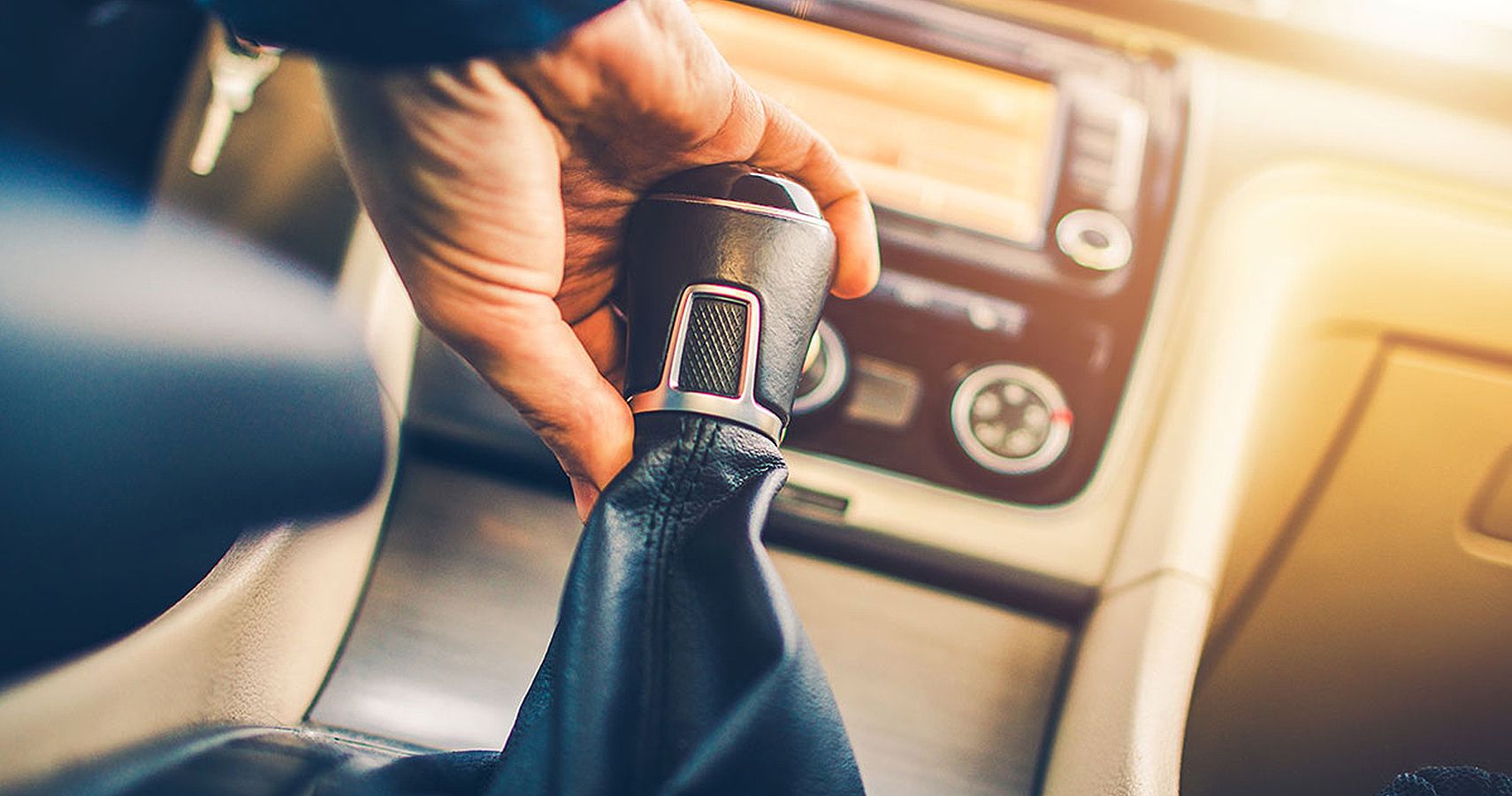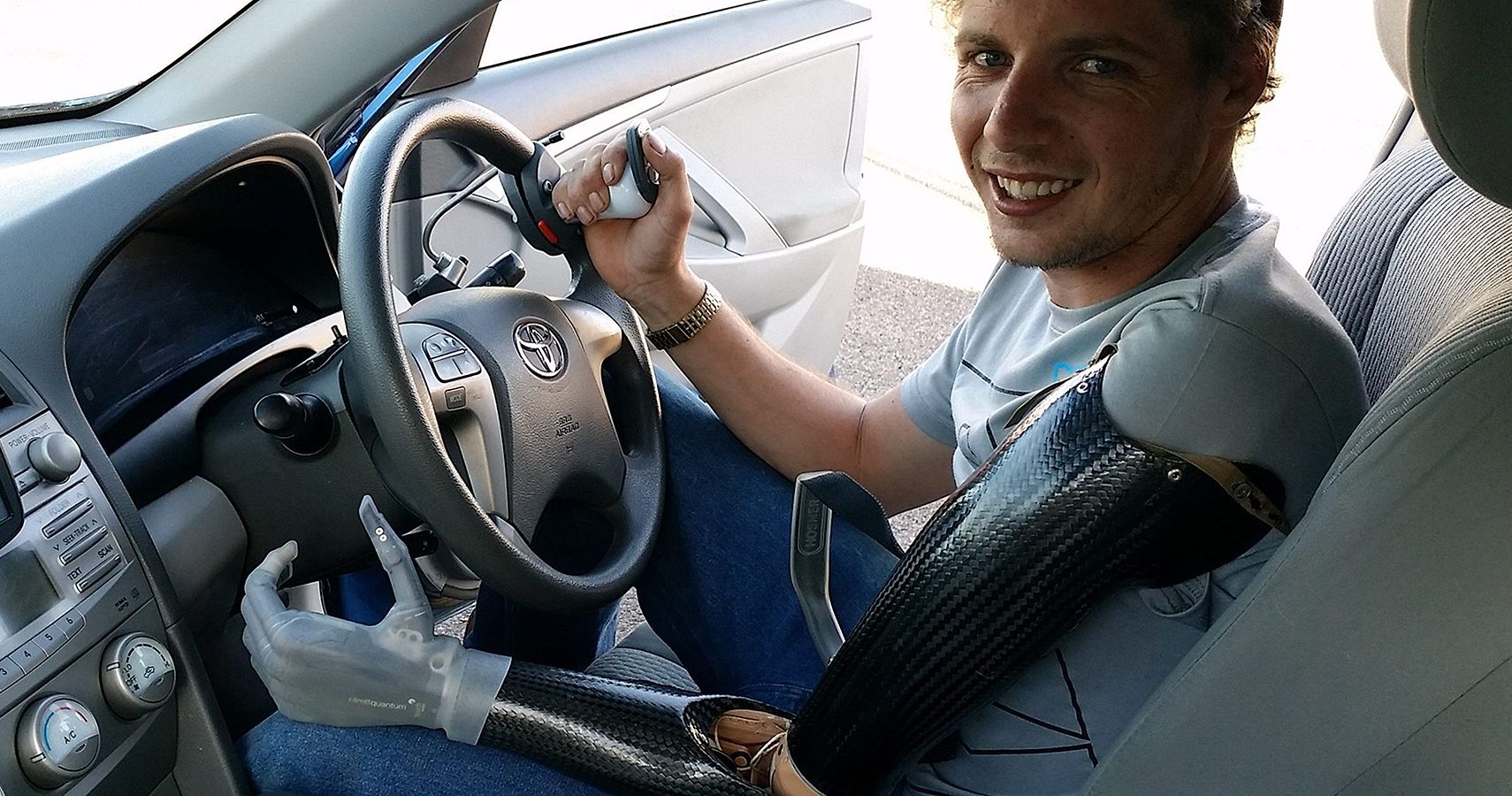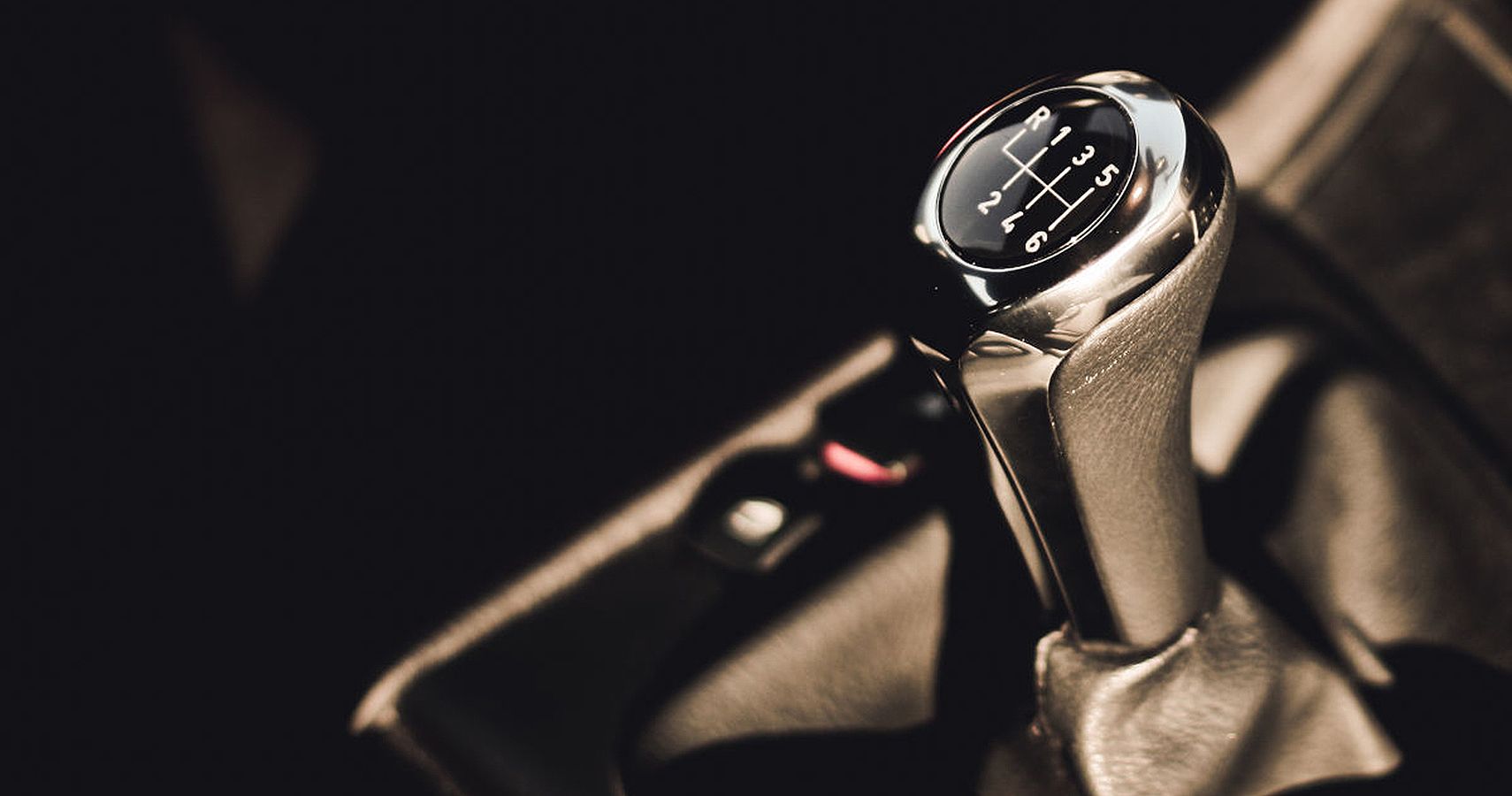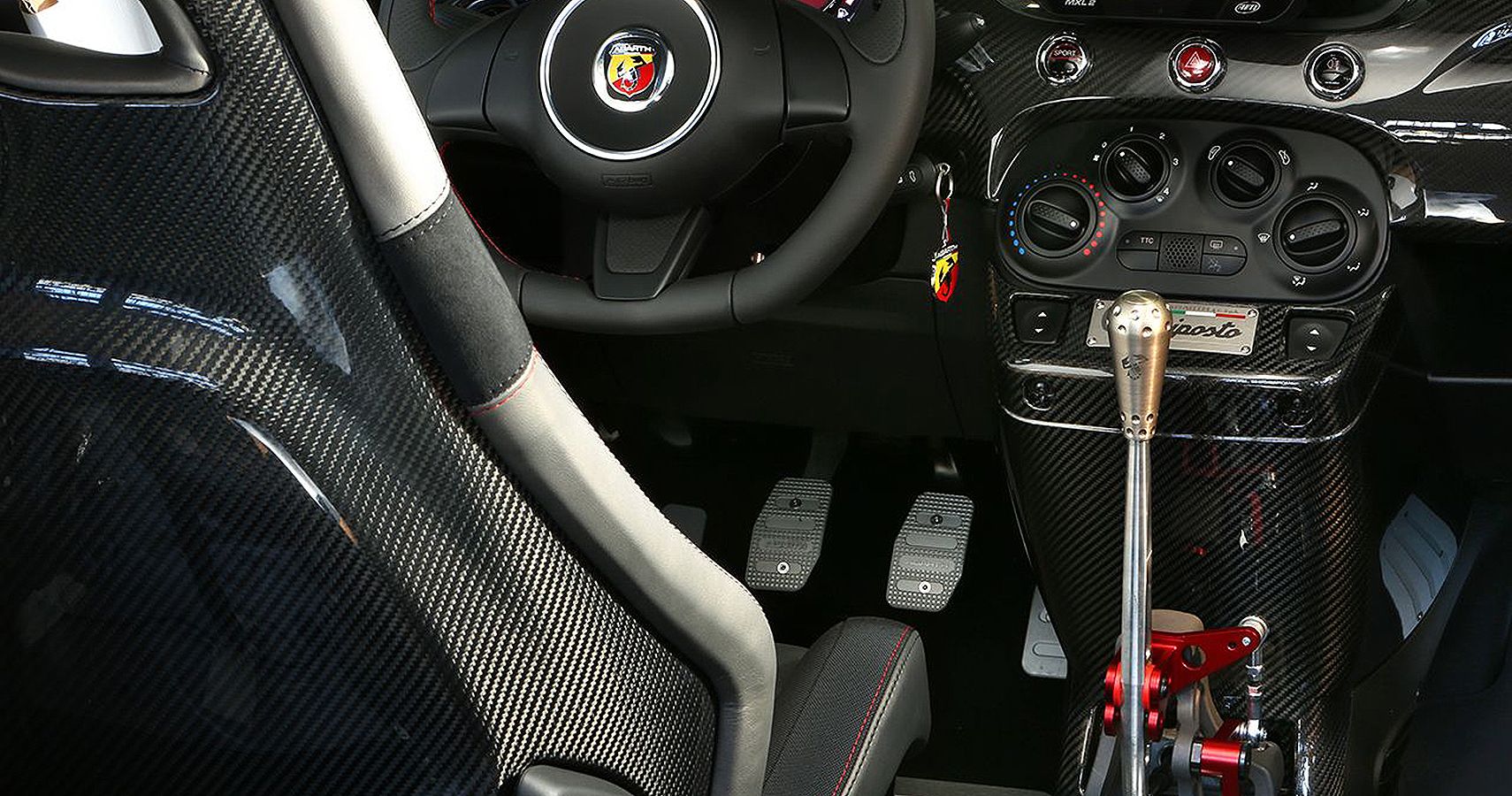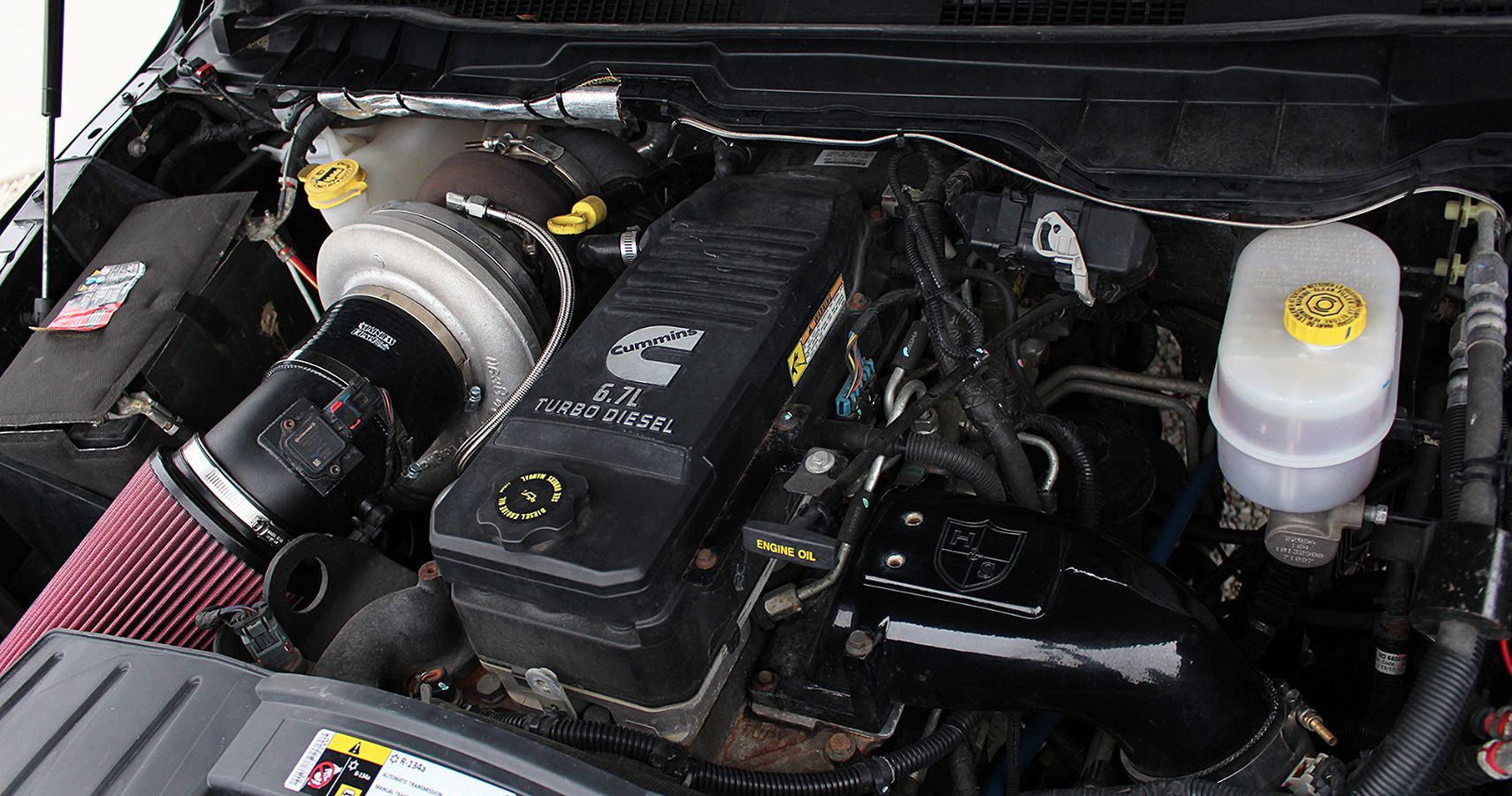Firstly, manual transmissions aren’t dead, yet. And there are still many who believe that true performance can only come from a manual transmission, even though the 2020 Corvette has officially dumped manual transmissions in favor of automatic. Call it retro, or old-fashioned, or standard – manual transmissions are what started it all.
The first automatic transmission, the GM Hydra-Matic would not be available to the public until the 1940 models of Oldsmobile and later the 1941 models of Cadillac. Even so, many cars still retain a manual transmission to date, along with pricier automatic versions, of course.
If the automatic transmission has still not been able to completely edge out the manual, there has to be a good reason why, right? So, why are manual transmissions held in such high regard? Actually, there are plenty of reasons. And on that note, here go 15 facts about manual transmissions that may take you by surprise.
15 Manual Transmissions Save Fuel
Automatic transmission operates on a hydraulic pump that tends to make the car guzzle fuel. Manual transmissions, on the other hand, normally consume less fuel than their automatic counterparts. And in the long run, even a slight edge in fuel economy can lead to massive benefits, both in the financial and environmental sense.
14 Manual Transmissions Are Subservient To The Driver
There are two kinds of drivers: those who want complete control over their ride, and those who are happy even in self-driven cars. Manual transmissions are for the former because when you drive a stick shift, you decide when to gear up or down, not the car. Of course, many AT cars also offer paddle shifts for the driver to have a modicum of control on the gears as well.
13 There Are No Pedal-Delays In Manual
Unlike automatic transmissions, where there may be split-second delays between you pressing the gas pedal and the car deciding on which gear to go ahead with, manual transmission rides are prompter. If you know the speed range and the gears that go along with it, pressing the gas pedal will instantly and speed up the car. In fact, this is why NASCAR is still manual.
12 Manual Transmissions Are Better On Track
If you're an aspiring amateur racer, park that automatic transmission ride in your garage and come to the track in a manual. The acceleration, braking, and turning on race tracks tend to cook the fluids in AT, which can kill your car. Plus, with a manual transmission car on a track, you control the car and it will dance to your tunes a lot better than an automatic.
11 Manual Transmission Cars Are Sturdier
You may grind gears on a manual transmission if you're a bit new to stick shift or end up burning the clutch on steep inclines and such but remember – manual transmissions cost a lot less to repair than automatic transmissions. With fewer parts, maintenance is easier and consequently cheaper.
10 Manuals Are Easier To Maintain
The automatic transmission cars need more regular fluid and filter change. While this is part of your normal annual service, it will cost you more simply because the frequency of the service of an automatic transmission may be higher than if the car had a manual transmission. The reason for this are the high temperatures of the fluids resulting from the slippage of the torque convertor.
9 Better For Tough Situations
Cars with manual transmissions tend to respond better on bad roads. In case of cars skidding in mud or snow, easing off the pedal in manual transmissions helps gain traction, and you can easily downshift at will. Another good thing about manual transmission cars is that, in case the battery goes low, it can be push-started.
8 Learning Stick Shift Is Tough
Honestly, driving automatic transmission is a breeze compared to learning how to operate a stick shift. Manual transmission involves heavy use of the clutch and a general feel of when to upshift or downshift before the car starts to shudder (being slow on a higher gear) or lets out an engine whine (high speed on a lower gear).
7 Once You Learn Manual, You Can Drive Anything
No, not a plane. But almost any ground vehicle can be driven if you know how to handle that clutch and stick shift. Once you've learned the intricacies of manual transmissions, which aren’t many, it's easy to drive small-to-big cars, pickups, trucks, and even farming and construction equipment.
6 People With Disabilities May Not Find Manual Comfortable
In case you have a disability or even a temporary injury that's restricting the use of one or more limbs, manual transmission becomes a problem. You need to manage the clutch pedal with your foot, keep one hand on the steering whilst changing gears with your right (or left) – so to drive manual, you need to be in mint physical health.
5 Manual Transmission Is An Informed Choice
Honestly, anyone can drive an automatic. It is easier than riding a bicycle. So the fact that you drive a manual transmission car shows that you really have some serious driving skills and that you know your cars and their stick shifts. Manual Transmissions mean dedicated driving, and for the car aficionado, there's nothing better than a stick shift.
4 More Power To The Wheels
For those who drive automatic transmission vehicles, look up the term "parasitic losses." Basically, this means that the power your car generates does not all go to the wheels; some goes into that hydraulic pump and some of it gets lost to the slippage within the torque convertor. No such niggling power losses happen in manual transmission cars, meaning more power to your wheels.
3 Joyriding Is Out!
In case someone is out to steal your car, automatic transmissions will usually prove better targets. And if there are joyriding teens plaguing your neighborhood, a manual transmission may escape their attention because it's that much tougher to drive. Most people who have not driven a manual transmission don't know what to do with a stick shift.
2 Modding Engines Is Easier In Manual Transmissions
An automatic transmission has a lot more added parts in the engine, unlike traditional manual transmission engines. Hence, modding up engines becomes a lot easier in manual transmission cars. In automatic transmission cars, the margin of error is a lot bigger and things can go wrong if the technician does not know what they're is doing.
1 Manual Transmission Driving Is More Visceral
If you love cars and driving, then we think that a manual transmission will appeal to you more than automatic transmission. It’s simple, we all like good food. But while most of us love eating good food, very few of us love cooking food and all the hard work that goes into it. So, for the cooks out there, driving manual transmissions definitely makes you more of an automobile gourmet.

